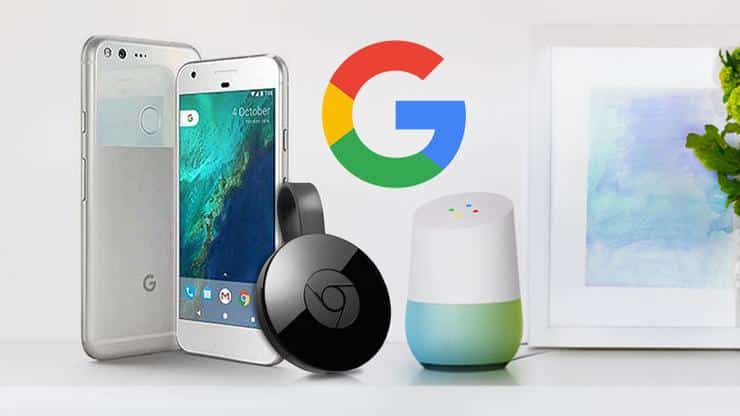There was a time when wireless headphones couldn’t hold a candle to wireless earbuds. However, advancements in Bluetooth technology have evened the playing field significantly. One might even say that wireless headphones are here to stay.
With wireless earbuds benefiting from advancements in the same kind of technology that saw headphones catch up to them, how does one choose between the two?
Today we’ll look at the ways true wireless earbuds and wireless headphones match up, so you can make a more informed decision on the matter. Should your choice be the latter, make sure to check out Beat EMF for information on its safety.
Wireless vs. True Wireless
You can sum up the difference between the terms wireless and true wireless in one word: distance. Wireless headphones allow you to use the device a couple of feet away from music players. In contrast, true wireless earbuds go a step further by cutting the invisible cord that limits the distance within which you can listen to music.
Nevertheless, an edge in this department alone is not enough to determine if one option is better than the other. Before reaching that verdict, one also has to look at the features, sound quality, and price of the item.

The Differences Between Wireless Headphones and True Wireless Earbuds
All the categories of wireless headphones, over-ear, on-ear, and neckband, are powered by a battery and Bluetooth technology to link to your music players.
Over-ear and on-ear wireless variants look pretty similar to your normal pair of headphones. Their only differences are they lack the inconvenient wires that connect to devices and have over-ears’ noise-canceling abilities.
Wireless earbuds or in-ear models usually have a band that connects each bud, making them the preferred choice for athletes who require the convenience of a wireless connection with a wired model’s security.
Then, there are the true wireless earbuds, which will have no cords or wires in sight. They also aren’t structured with a neckband that connects both buds. If you thought wireless was as “free” as you could get, true wireless would make you think again. Of course, a downside to this option is that there’s a good chance you could lose one or both of your earbuds from careless handling.
Which Is the Budget-Friendlier Option?
A true wireless earbud won’t necessarily be more expensive than a wireless model. In most cases, the price will come down to the company selling the product.
A high-quality pair of over-ear headphones by Sony can set you back $350 to $500. But you might not mind that, given the model’s ability to cancel noise, wear comfortably, and play music nonstop for 30 hours without recharging.
Still, the fact of the matter is, not everyone can afford to shell out a couple of hundred bucks for a pair of headphones, no matter how high-performing they are. That’s why most manufacturers also offer more affordable versions of their top-of-the-line products. There’s a good chance that Sony mentioned earlier will have a counterpart that sells for just under a hundred bucks.

Even lower down the price scale are in-ear headphones, which usually retail between the $60 and $85 range. True wireless earbuds aren’t exempted from this price variation as well, with some models retailing for as low as $99 and others as high as $500.
Price-wise, there really isn’t much between wireless headphones and true wireless earbuds. More often than not, it’s the brand and not the fact that one is wireless and the other is true wireless that determines the price.
Which Has Better Sound Quality?
This is arguably one of the more important factors to keep in mind because “sound” is why we’re buying these products in the first place.
A common misconception is that wireless headphones edge out true wireless earbuds in terms of sound quality. That is definitely not the case since sound quality is determined more by the drivers inside the accessory than whether the device is wireless or true wireless.
Today’s advanced Bluetooth technology has only improved the listening experience of both wireless and true wireless users. However, since it transmits high-resolution sound wirelessly, you will require a high-quality device or medium to experience its full benefits. Should you opt for a cheaper model using this kind of technology, you might find yourself on the receiving end of compressed audio.
Then, there’s the issue of noise interference, which wireless headphones usually fall victim to. That’s because if another device that matches the frequency of your wireless signal is within the vicinity, it could hamper your headphones’ sound quality.
So, Which Sound Accessory Should You Get?
There’s very little to choose between wireless headphones and true wireless earbuds because their differences don’t normally center on using true wireless or wireless technology. At the end of the day, people choose one over the other because of sound quality, price, and features.
Since both are neck and neck in these aspects, everything might eventually boil down to personal preference. Really, whichever you end up choosing, if you did ample research on the model, you’re unlikely to regret your choice.













thank you for a blog